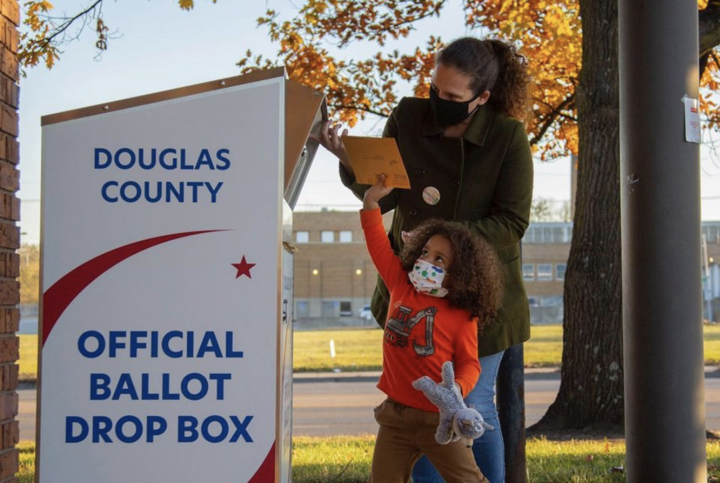A pandemic, civil unrest, and a climate crisis are just a few reasons why the 2020 Presidential Election had a historically high voter turnout for the post-World War II era.
On Saturday, November 7, former Vice President Joe Biden was announced the President-elect when he won 20 electoral votes in Pennsylvania. With over 149 million votes counted out of an estimated 157 to 165 million, Biden received 77,032,821 votes and President Donald Trump received 72,087,768. This election saw the largest number of voters in American history. Let’s learn why.
Most voters chose a candidate in support of one of two issues: the pandemic or the economy.
According to a New York Times article, first-time voters favored the former Vice President in an overwhelming majority. This demographic caused a significant shift in voter turnout compared to that of 2016. Moderate voters also swung towards Biden, rejecting President Trump’s attempts to label him as a “radical.”
With the COVID-19 pandemic looming over the country, Americans’ fear of contracting the virus caused an increase in early voting. There was a 241% increase in mail-in ballot requests from the 2016 election. 44% of those citizens were registered with the Democratic Party, 31% with the GOP, and the remaining are registered Independents. Although not as enormous, there was a 104% increase in mail-in and early in-person ballots cast from the 2016 election to the 2020 election. With the fear of contracting COVID-19, mail-in ballots made up the majority of early ballots at 61%. Nearly all voters who felt that the COVID-19 pandemic is an issue voted for Biden. More specifically, one in five voters considered the coronavirus their top issue.
Entering the polls, many news stations forecasted the pandemic to be the number one priority for voters. However, in hindsight, this was not the case. According to Edison Research, the top three concerns in order were the economy, racial inequality, and the pandemic.
Overall, the economy is listed as the top issue for Americans on multiple credible news sites. 28% of voters nationwide ranked the economy as their top priority. 42% of all voters believe rebuilding the economy now is more important than containing the virus. Of those voters, more than three quarters are registered Republicans. Interestingly, the country is an even split when deciding which candidate would better handle the economy. On Election Day, 67% of Americans were concerned about COVID-19, but concern regarding the economy far surpassed that. 85.7% of Americans were very or somewhat concerned about the economy. These data points show that a majority of Americans went to the polls or voted early due to their concern for the country’s economic future as well as their own. Republicans are more concerned about the virus’s effect on the economy rather than the infection rate.
Other concerns for voters varied by political leaning. The Democratic Party’s main issues in order of priority are climate change, coronavirus, healthcare, and the economy, with climate change taking the lead at 22%. The GOP’s top issues are the economy, abortion, crime, and guns.
As of Tuesday, November 10, at 2:27 p.m. EST, the 2020 turnout had already succeeded that of 2016 in 44 states. The battleground states, Wisconsin, Florida, North Carolina, and Michigan, each saw turnout as a share of the citizen voting-age population more than 5 percentage points higher than in 2016. Historically, most states average about 60-75% voting turnout of the voter population, but this year, states are gravitating toward the upper bound, if not exceeding it. Since 1980, Minnesota has had the highest voter turnout rate in presidential elections, and this year was no different. 81% of the voting age population in Minnesota cast a ballot this year. In 2016, the turnout was 73% and in 2012 it was 75%. As of November 11, New Jersey has 65% turnout.
In battleground states like Iowa and Florida where virus infections were on the uptick leading up to the election, Trump won the electoral vote. The economic concern surpasses that of COVID-19 to residents in those states, which is likely why they leaned towards Trump. Other states with an increase in coronavirus cases, such as Utah, Montana, Nebraska, North Dakota, and South Dakota, were won by Trump, but they were already forecasted to do so based on previous election data.
The Presidential Election of 2020 marks a historic event in American history for having the highest amount of cast votes as well as the first female Vice President-elect. This is the highest amount of votes even before a full 100% count, since certain states are still counting mail-in ballots.
Image courtesy of the NYT.

Be First to Comment